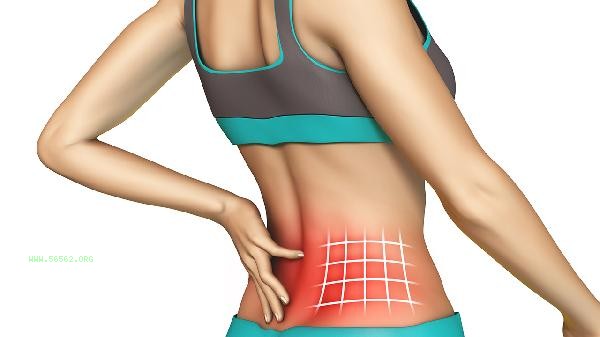The normal waist circumference for adult males is generally not more than 85 centimeters, and for females it is not more than 80 centimeters; The abdominal circumference usually does not exceed 90 centimeters for males and 85 centimeters for females. Excessive waist and abdominal circumference may be related to factors such as visceral fat accumulation and metabolic abnormalities, and should be evaluated comprehensively based on height and weight.

1. Waist circumference standard
Waist circumference measurement should be taken around the abdomen at the level of the navel at the end of exhalation. Asian adult males with waist circumference ≥ 85 cm and females with waist circumference ≥ 80 cm indicate central obesity. Long term excess will significantly increase the risk of chronic diseases such as hypertension and diabetes. It is recommended to choose a non elastic tape measure for measurement to avoid testing after meals or when full.
II. Abdominal circumference standard
The measurement position of abdominal circumference is at the midpoint of the line connecting the highest edge of the iliac crest and the lower edge of the twelfth rib. Men ≥ 90 cm and women ≥ 85 cm should be alert to metabolic syndrome. Abnormal increase in abdominal circumference may be accompanied by dyslipidemia and insulin resistance, and further confirmation of visceral fat content is required through body fat testing.
III. Measurement Error Control
Maintain a natural breathing state during measurement, with a soft tape tightly attached but not compressing the skin. Repeating measurements three times and taking the average can reduce errors. Avoid wearing heavy clothing or corsets for measurement. Women during their menstrual cycle are advised to have a follow-up examination after the cycle ends.

IV. Special Population Standards
Athletes or fitness enthusiasts may experience pseudo excess waist and abdominal circumference due to muscular development, which should be judged based on body fat percentage. The waist and abdominal circumference of pregnant women increases with gestational age, which is a normal physiological phenomenon. The measurement is more accurate when it recovers 6-8 weeks postpartum.
V. Intervention Suggestions
For those with excessive waist and abdominal circumference, it is recommended to adopt a Mediterranean diet pattern and engage in aerobic exercise such as brisk walking and swimming for more than 30 minutes every day. To avoid sitting for more than an hour, one can improve abdominal muscle tone by standing against a wall and breathing in the abdomen. Regular monitoring of changes in waist and abdominal circumference can effectively warn of health risks. It is recommended to measure and record every 3 months, in conjunction with comprehensive management of blood pressure, blood glucose, and other indicators. When cooking, choose low oil methods such as steaming and cold mixing to increase the intake of whole grains and dark vegetables. Lack of sleep can promote abdominal fat accumulation, and maintaining 7-8 hours of high-quality sleep can help control waist and abdominal circumference. When experiencing continuous waist circumference growth accompanied by symptoms such as dizziness and thirst, it is necessary to seek medical attention promptly to investigate metabolic diseases.









Comments (0)
Leave a Comment
No comments yet
Be the first to share your thoughts!